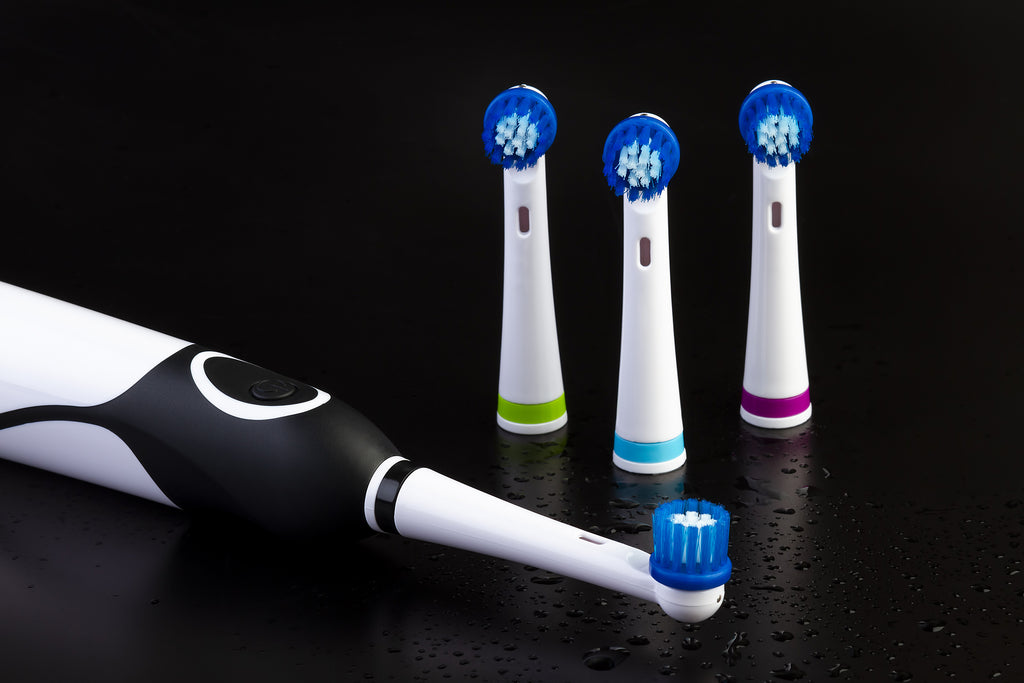
What Was The First Electric Toothbrush?

Whilst some people prefer a manual toothbrush, an electric toothbrush is an almost ubiquitous piece of dental equipment in both clinics and bathrooms alike.
However, it is a far older invention than many expect, with the first ever electric toothbrush being made as early as 1937.
Its inventor, Tomlinson Mosely, called it the Motodent, but despite the idea clearly being popular enough to endure today, it was not a popular toothbrush at all.
Part of the problem is that it needed to be plugged in to use, and at a time when many houses did not have electricity let alone bathrooms, it was not always a guarantee that there would be a convenient plug near a sink.
It was also huge, needing two hands to effectively use, making it far harder to reach everywhere a toothbrush needs to.
Because of this, as well as being released whilst the Great Depression was still affecting people, sales were fairly slow, and it took a much more radical redesign for it to become more successful.
A Swiss dentist by the name of Philippe Guy Woog refined the idea as the Broxodent, and it was so much more successful that Mr Mosely’s innovation is often forgotten, despite the fact that it was not just patented but sold as well.
Six years after the Broxodent, General Electric launched its own electric toothbrush, one that was remarkably ahead of its time, although this was both a blessing and a curse.
Unlike the Broxodent, which needed to be plugged into the wall, the Automatic Toothbrush had rechargeable batteries, much like a modern electric toothbrush.
The problem was that the batteries used relatively archaic nickel-cadmium batteries (NiCad) which unlike modern lithium-ion batteries were not designed to be constantly charged.
What was worse is that when the batteries inevitably died quickly, the whole toothbrush needed to be thrown out.
However, they set the stage for the modern, dentist-approved brushes used today.

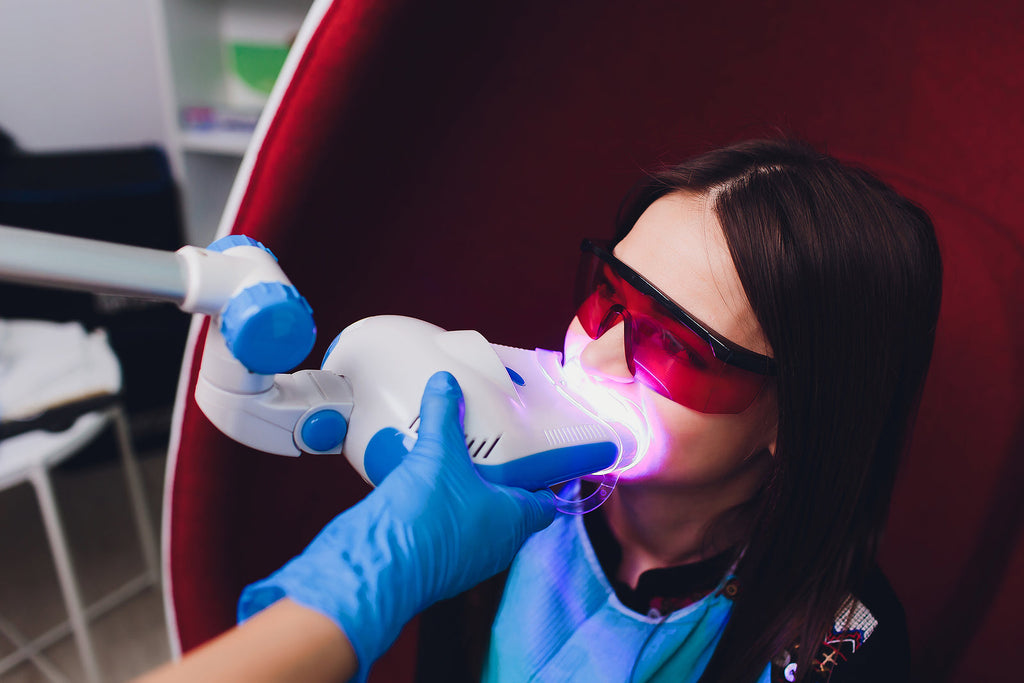
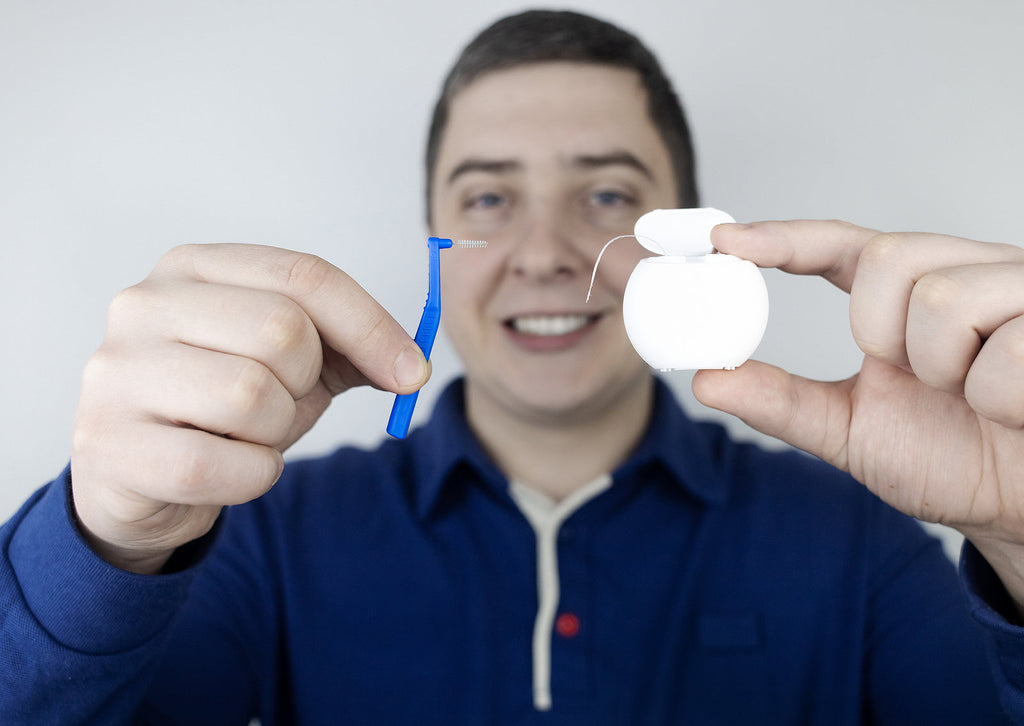


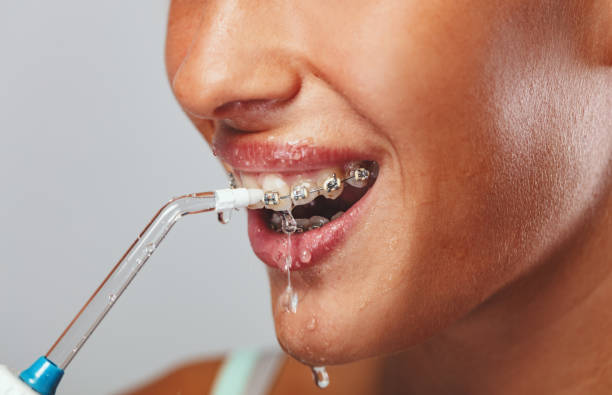
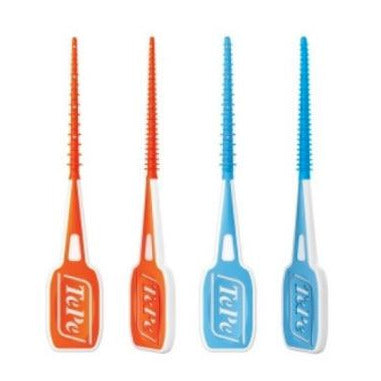
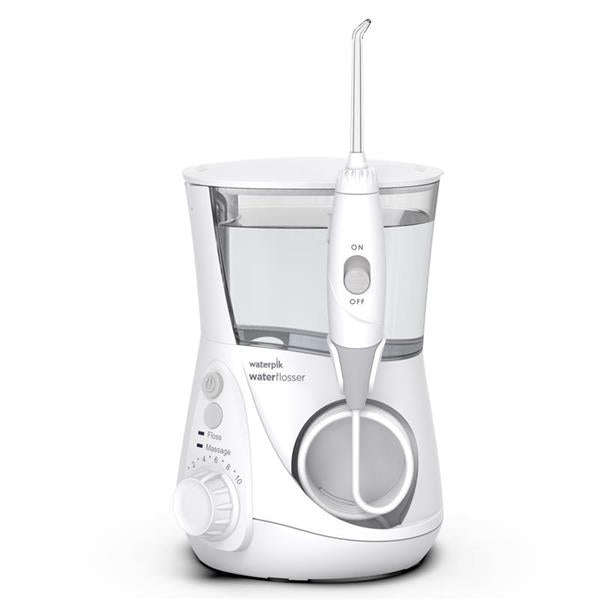
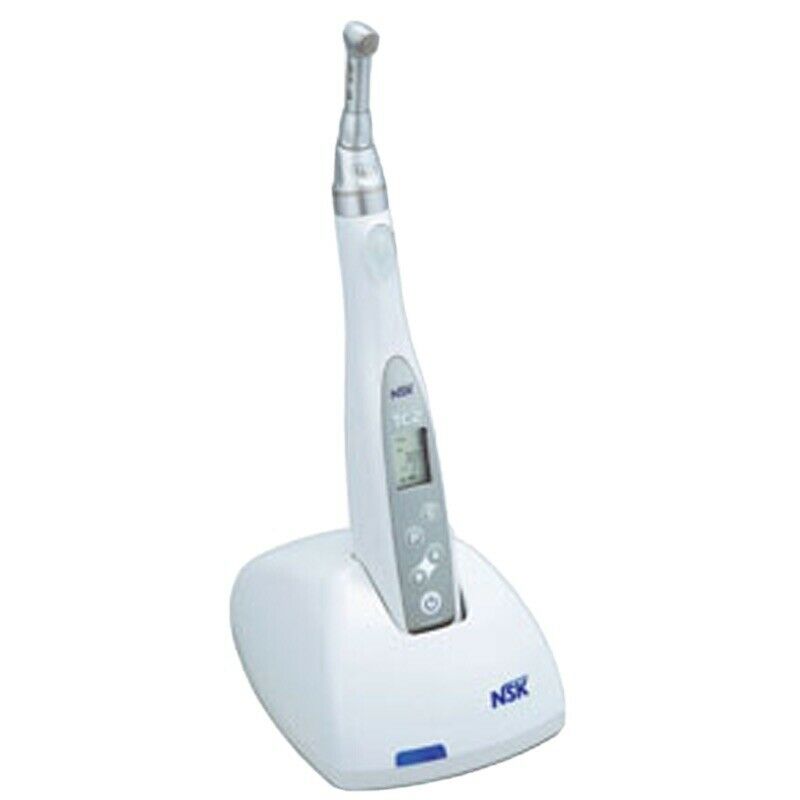

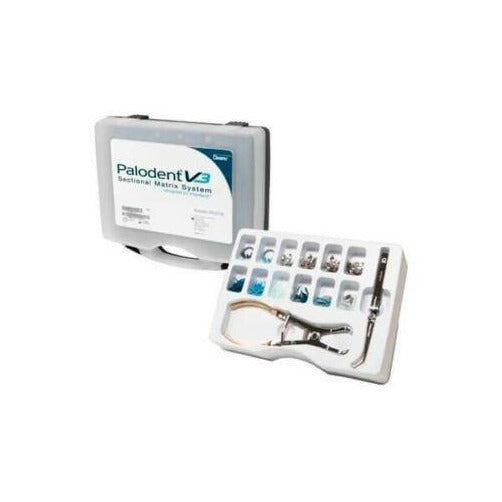
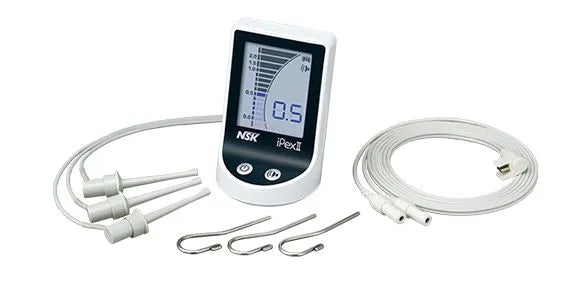
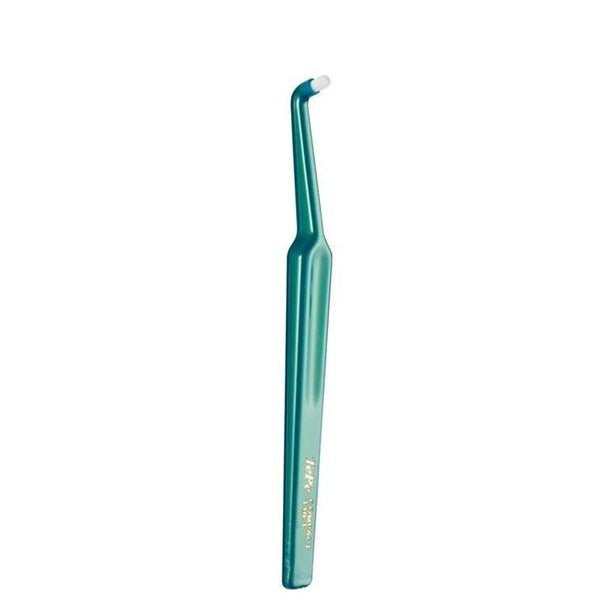
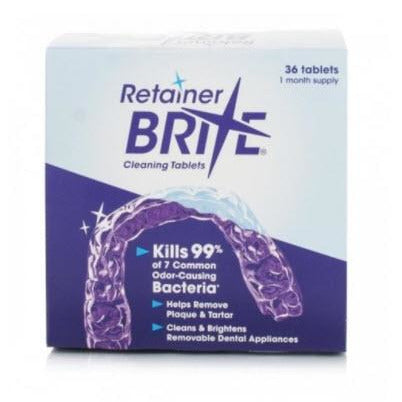

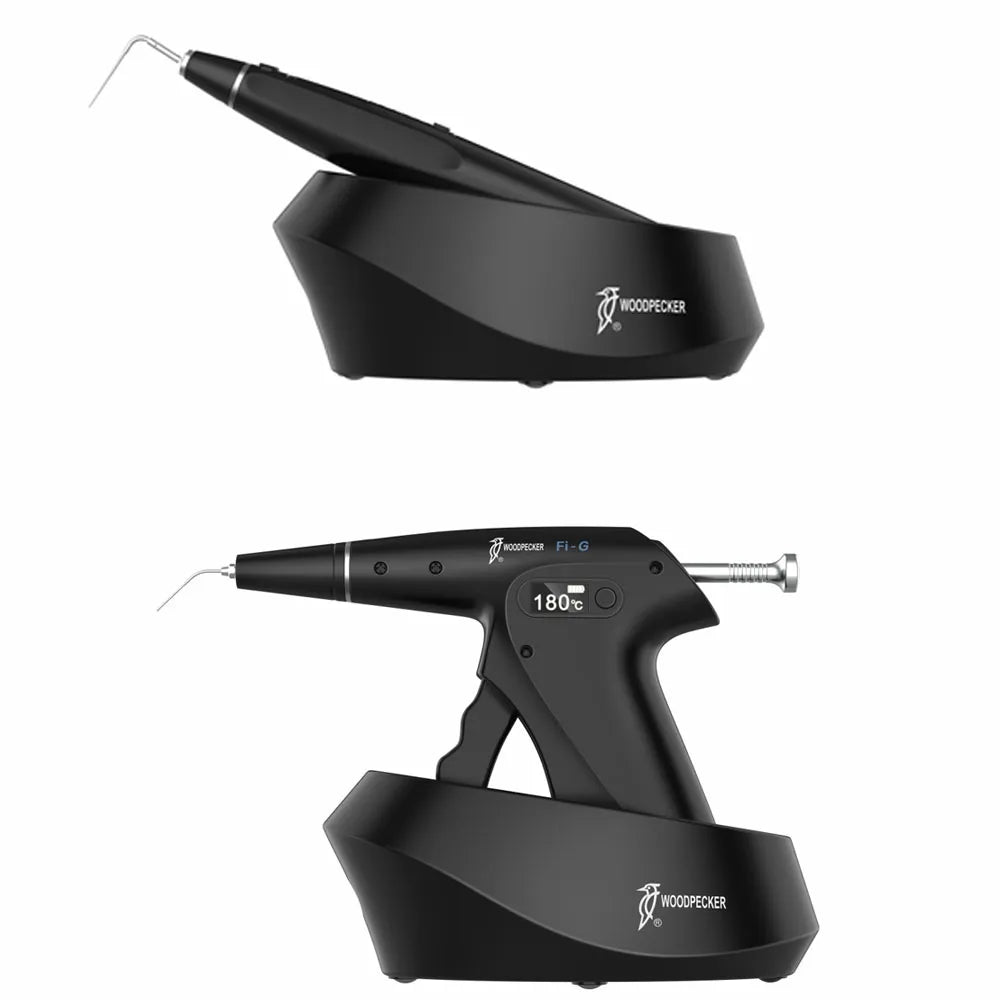
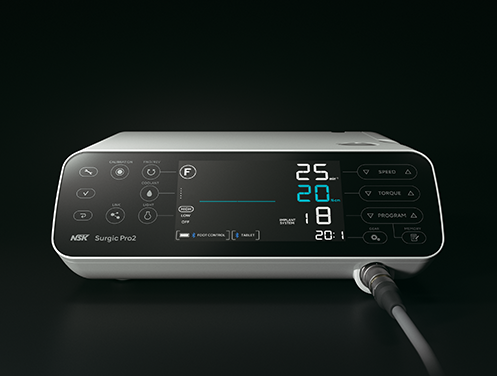
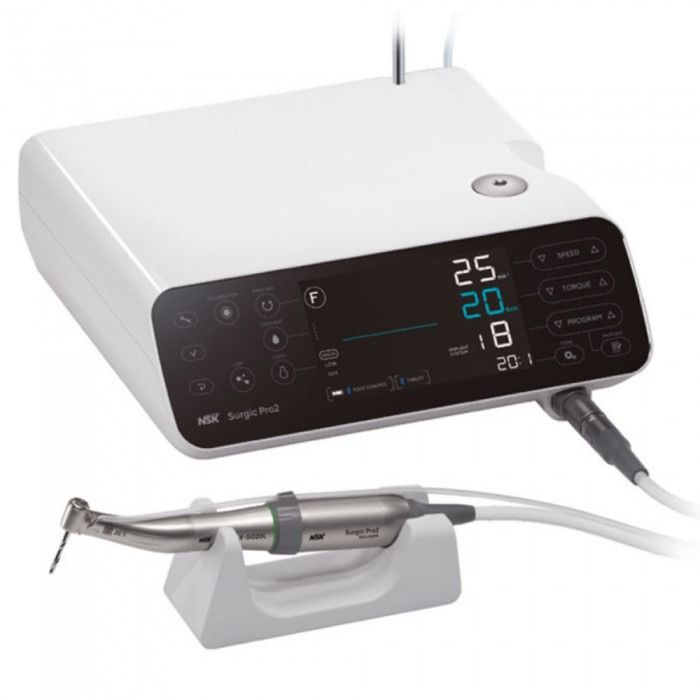

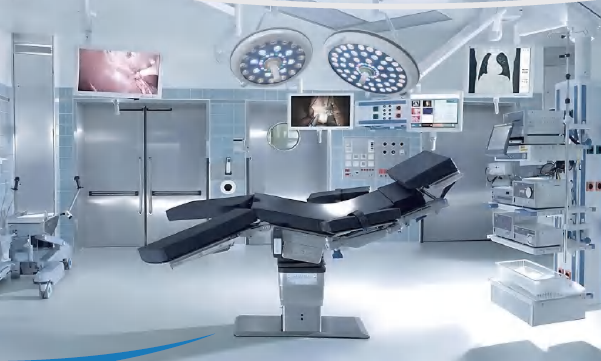
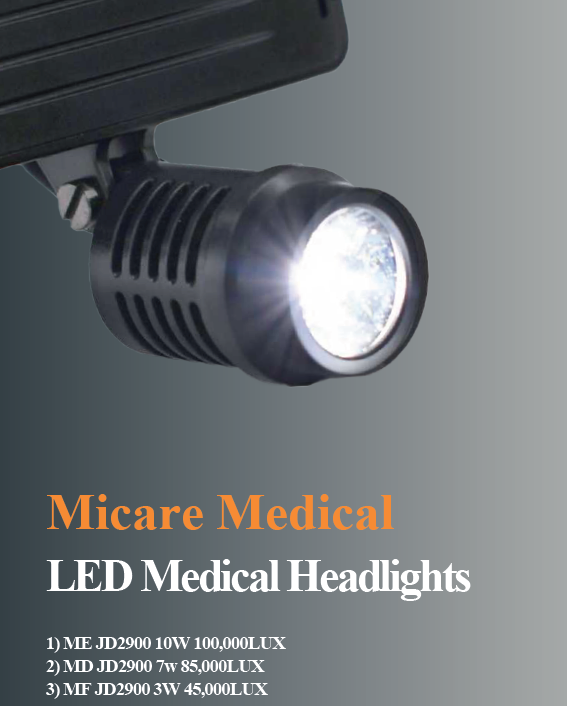
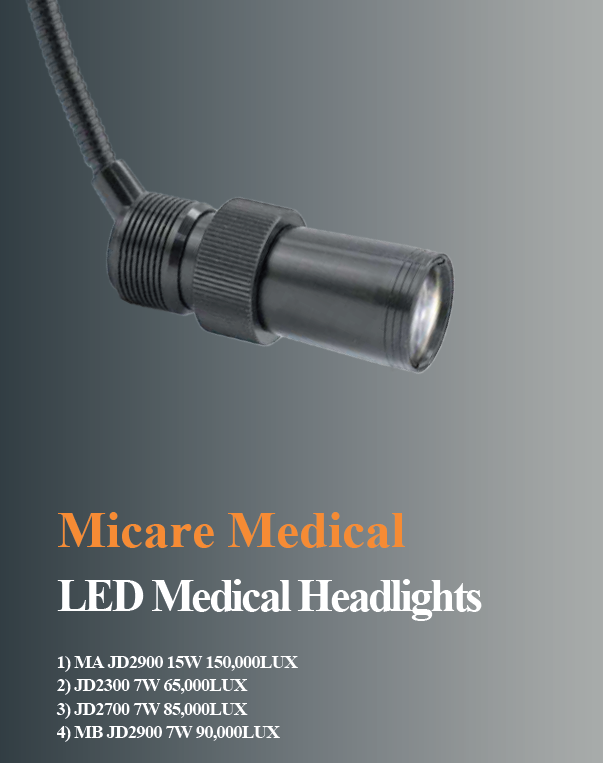
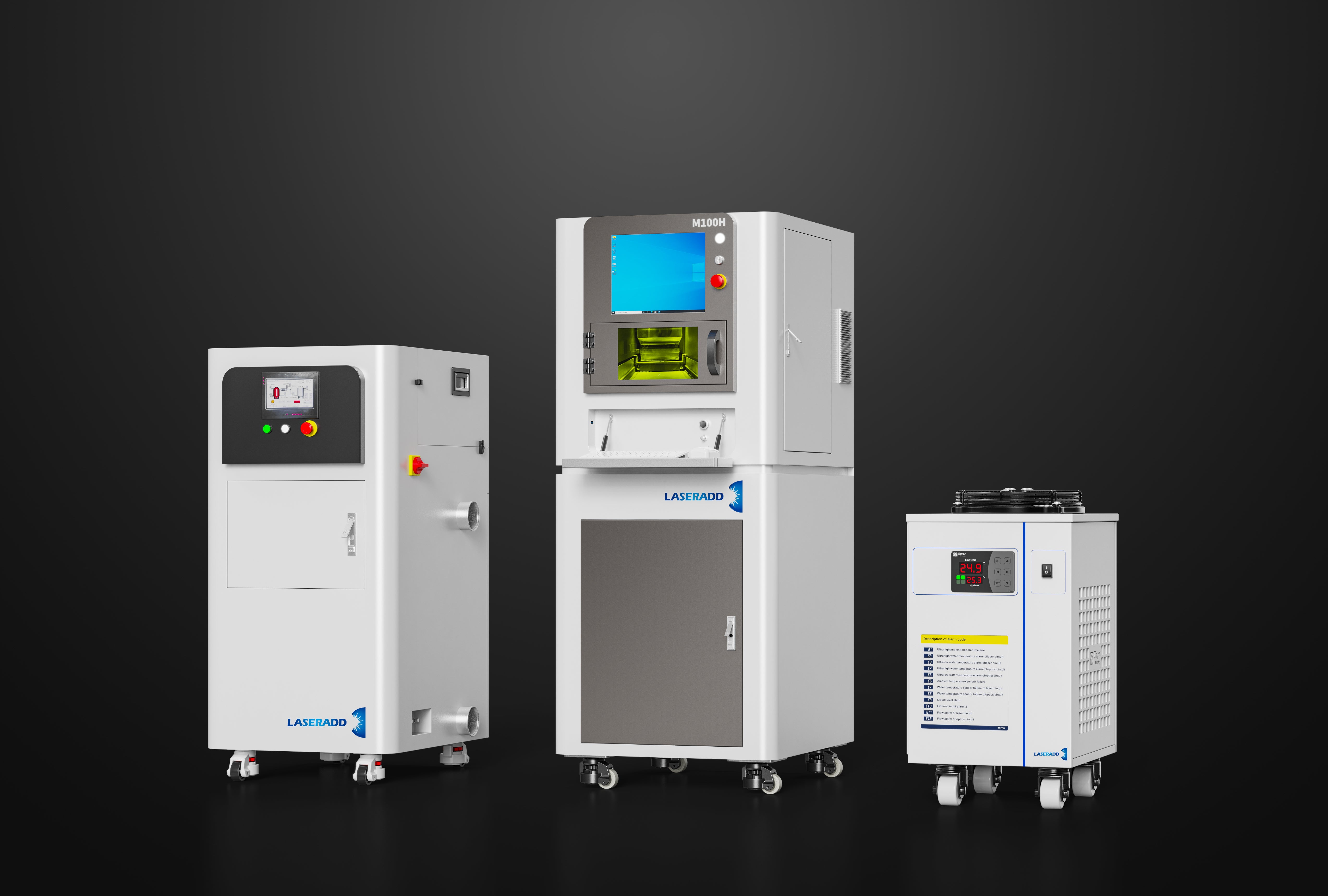

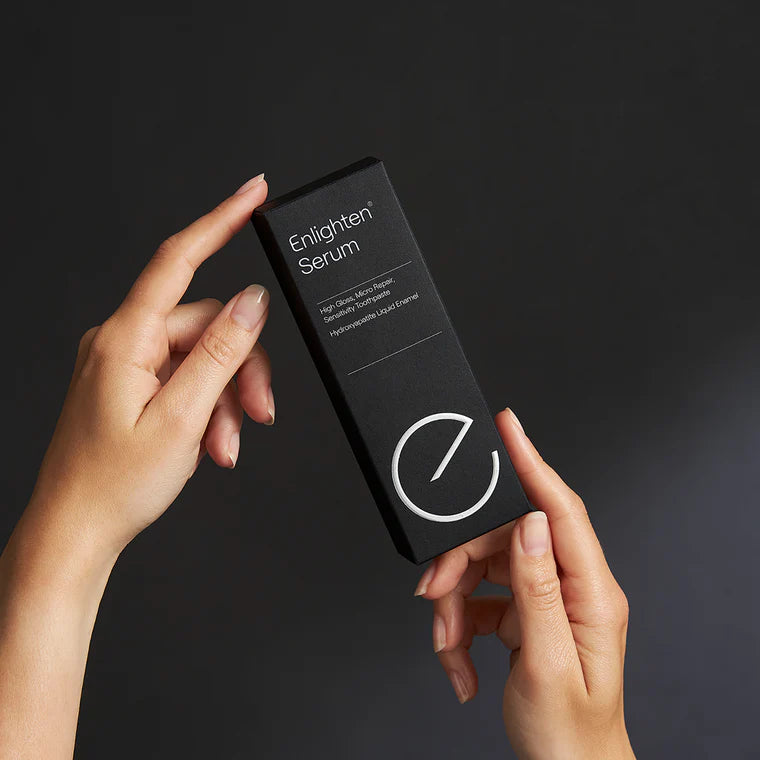
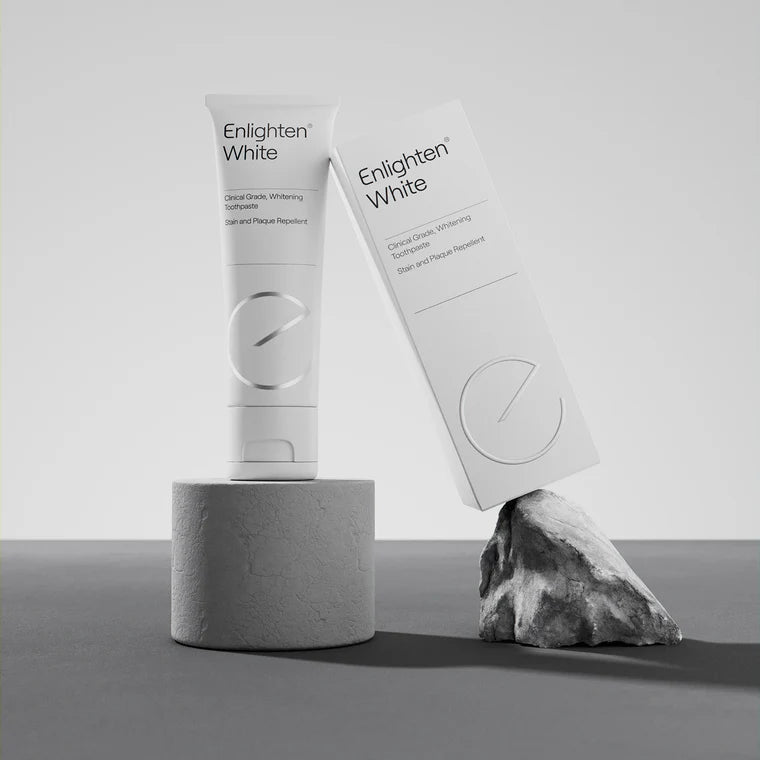
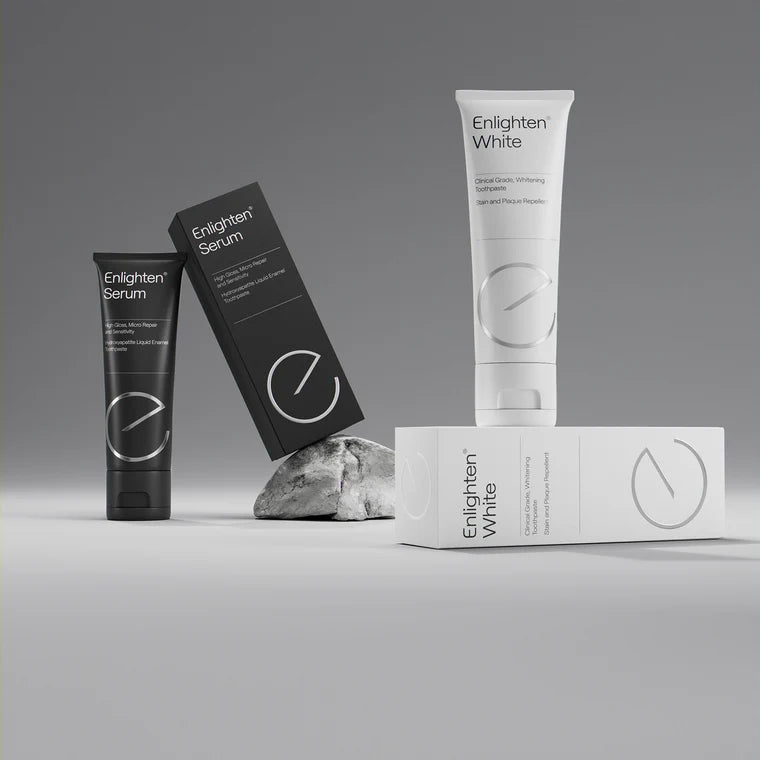
 Whatsapp us!
Whatsapp us!